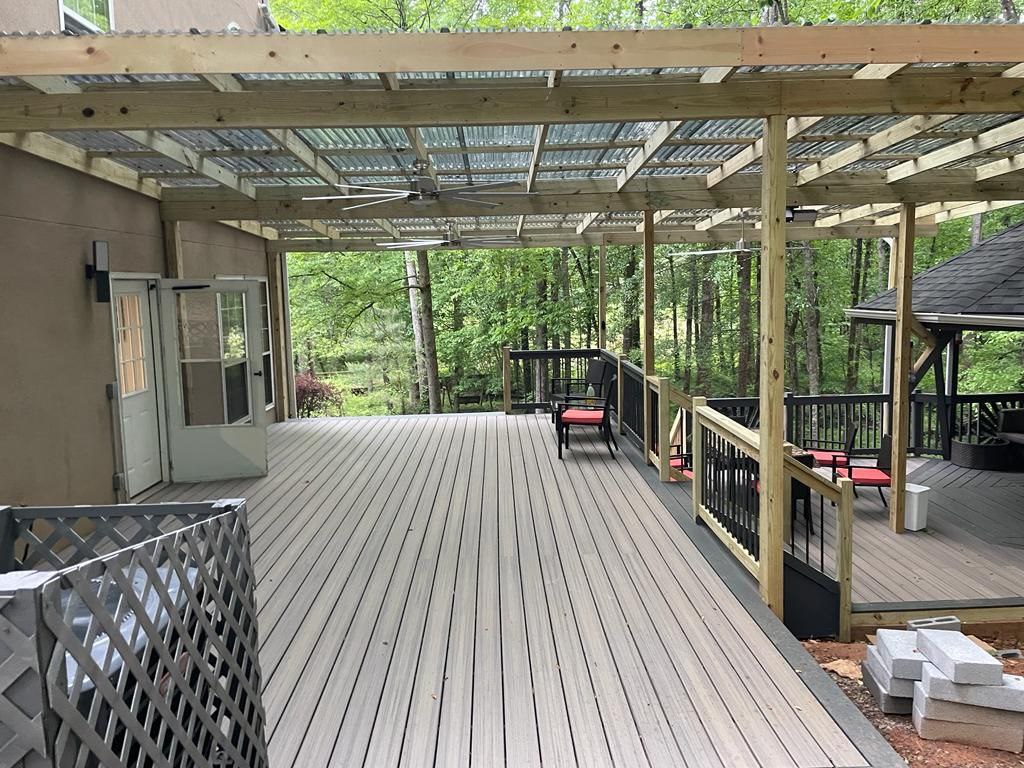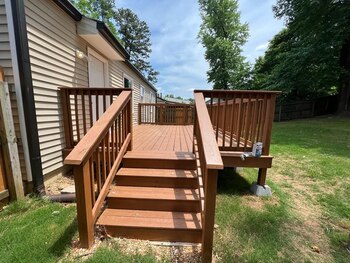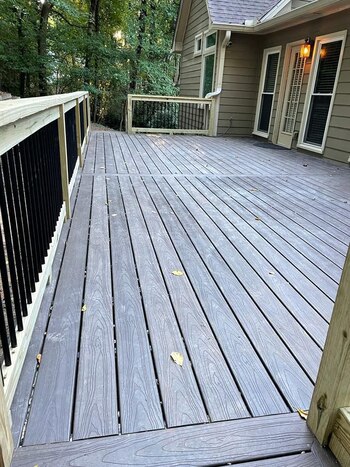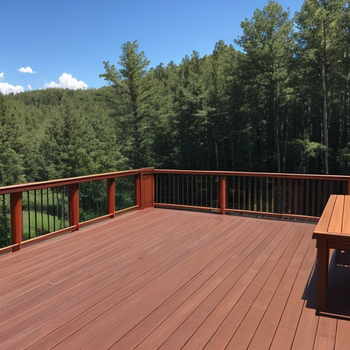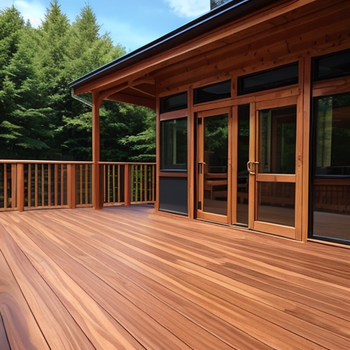Composite Decking Pricing: Factors and Considerations
Composite decking has surged in popularity as homeowners seek low-maintenance alternatives to traditional wood decks. While the upfront cost might be higher than for pressure-treated lumber, the long-term benefits often justify the investment. But what goes into determining the price of composite decking? Here's a closer look.
Material Composition
The core materials used in composite decking largely influence its price. Generally, composite decks are made from a blend of wood fibers and plastics. Higher-quality composites with finer wood particles and premium plastic resins tend to cost more than those made with larger wood particles and recycled plastics.
Decking Board Complexity
Composite decking boards come in various designs, from simple patterns to more intricate wood grain imitations. The complexity of the design and the manufacturing process can influence the price. Specialty boards with features like grooves for hidden fasteners might also have a price premium.
Protective Coatings
Many modern composite deck boards have a protective shell or coating that helps resist staining, fading, and scratching. Decks with these added features might be priced higher due to the additional processing and materials involved.
Installation Costs
While the price of the decking material itself is a significant factor, the cost of installation shouldn't be overlooked. Some composite decks might require specialized installation techniques, which can influence the overall price. Hiring a professional can also vary in cost based on expertise and experience.
Additional Features and Accessories
Railings, stairs, and other additions can affect the overall cost of a composite deck project. Also, certain brands might offer complementary lighting, fixtures, or furniture, which, while enhancing the deck's appeal, will influence the total price.
Warranty and After-sales Service
A longer and comprehensive warranty often means a higher quality product but can come at an added cost. This price, however, often ensures peace of mind, knowing that any potential issues might be addressed by the manufacturer.
In Conclusion
While the initial cost of composite decking can be higher than other options, its durability, aesthetics, and low maintenance requirements often make it a cost-effective choice in the long run. Homeowners should weigh the price against the benefits and consider factors beyond just the material's cost to make an informed decision.
Wood-Plastic Composite (WPC) Decking
This type of composite decking is made by blending wood fibers with plastic, which may be recycled or new plastic materials. It's often textured to look like wood grain and comes in a variety of colors.
Capped Composite Decking
This is a type of WPC decking that has a protective outer layer (cap). This cap provides an extra layer of protection against fading, staining, and scratching, and it often makes the deck board more resilient to weathering.
Plastic (PVC) Composite Decking
Unlike WPC decking, this type of composite decking contains no wood fibers and is made entirely of plastic. This makes it extremely resistant to rot and decay. It's also available in a variety of colors.
Capped Polymer (PVC) Decking
Similar to capped composite decking, this type of decking is made with a PVC core and is capped with a protective layer. This combines the best features of PVC decking and capped composite decking.
Co-Extruded Composite Decking
In this type, the core is made of wood and plastic composite, and it's surrounded by a shell or cap that envelops all four sides of the board to protect it from staining, fading, and scratching.
Each type of composite decking has its pros and cons, and the right one for your project will depend on your budget, aesthetic preferences, and maintenance willingness.
| Benefit |
Description |
| Long-lasting |
Composite decks have a long lifespan and can withstand various weather conditions. |
| Maintenance-free |
Unlike wood, they don't need staining, painting, or sanding. They resist mold, stains, and fading. |
| Environmentally friendly |
Made from recycled materials, reducing the need for wood and contributing to conservation efforts. |
| Variety of designs |
Available in multiple colors, patterns, and textures to fit any style or preference. |
| Value |
Composite decks offer a great value in the long run due to their durability and low maintenance requirements. |
| Resistant to pests |
Unlike wooden decks, composite decks are resistant to pests such as termites. |
| Safety |
They don't splinter, making them safer for families with kids and pets. |

